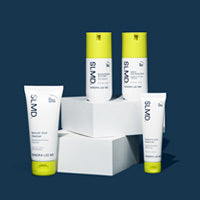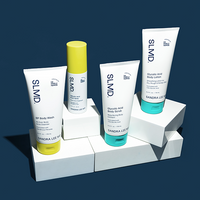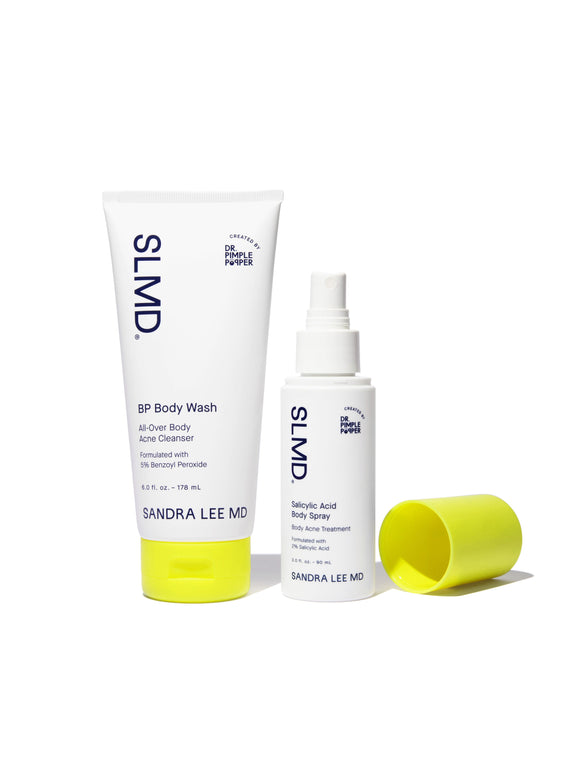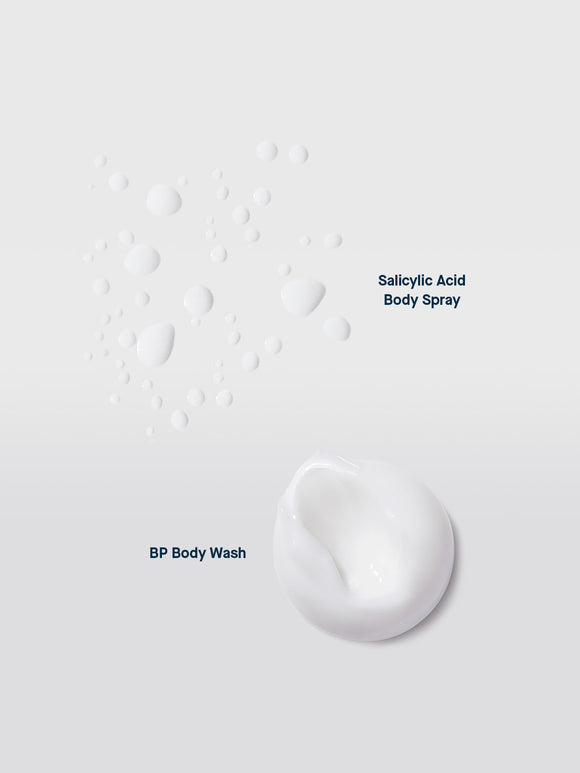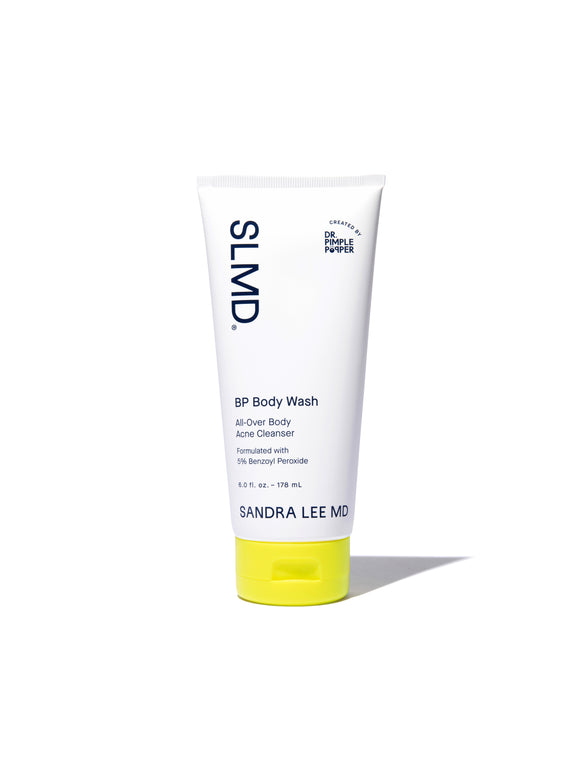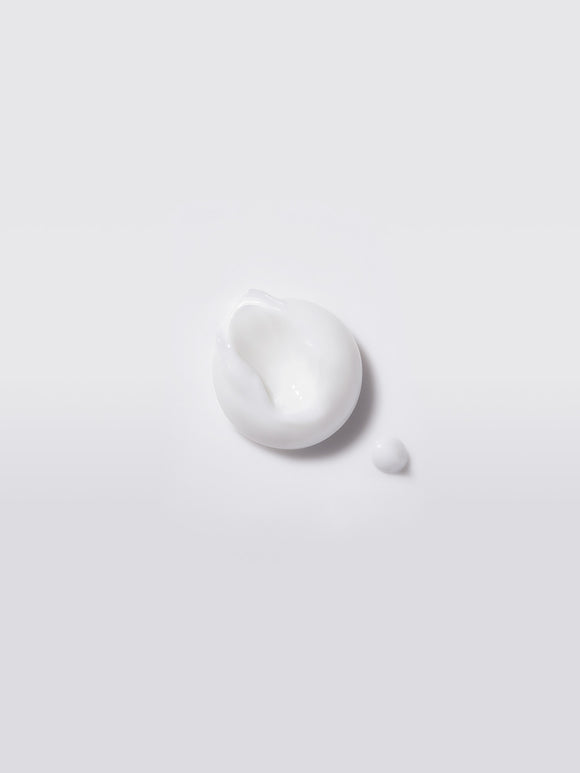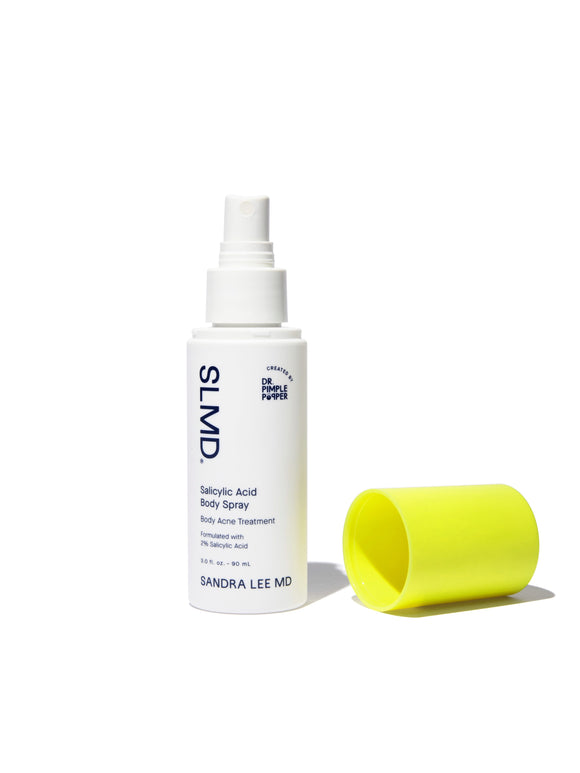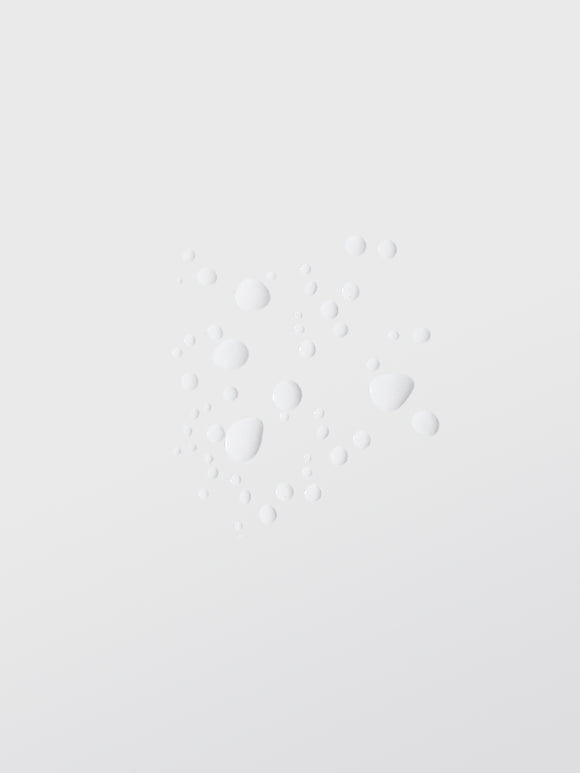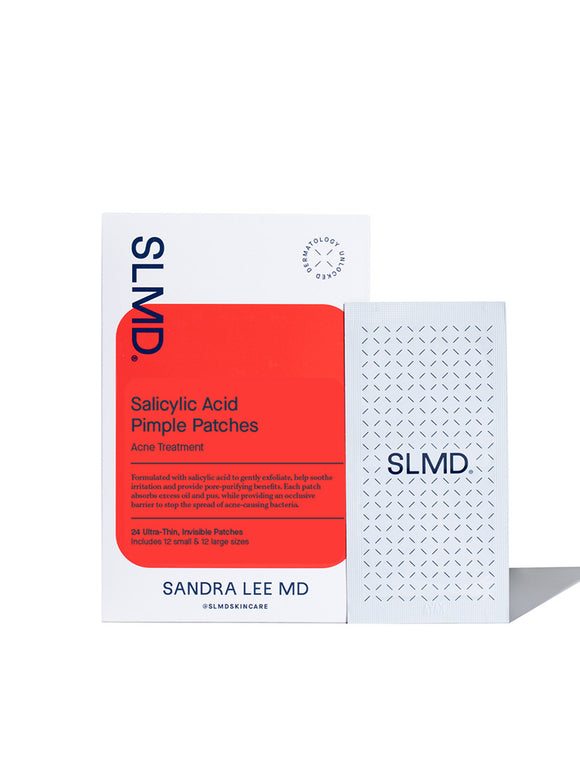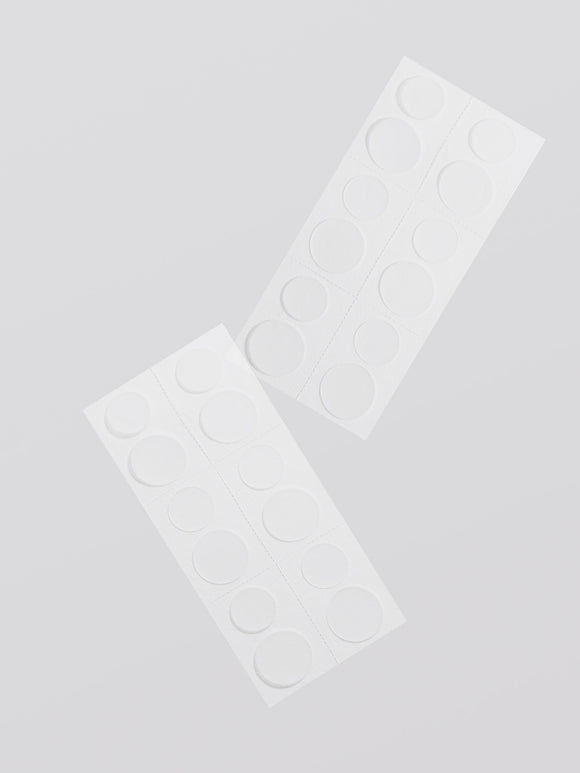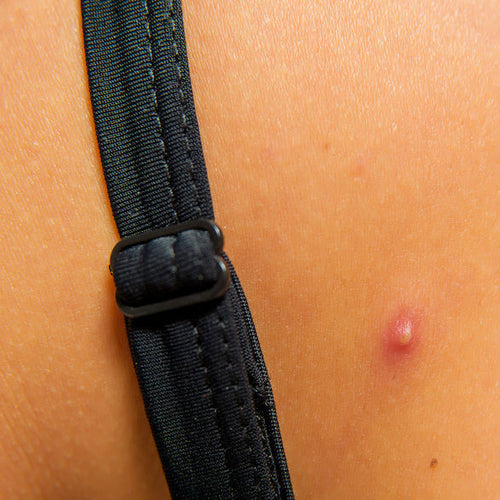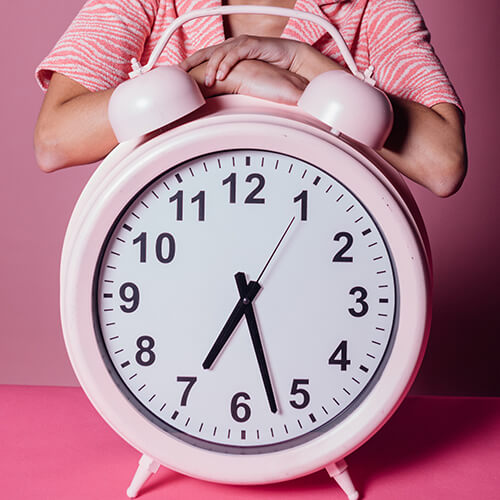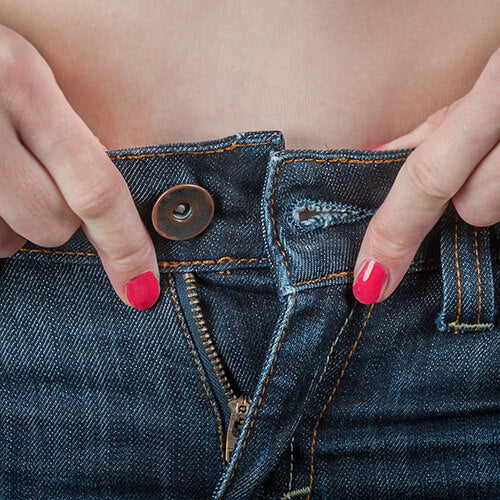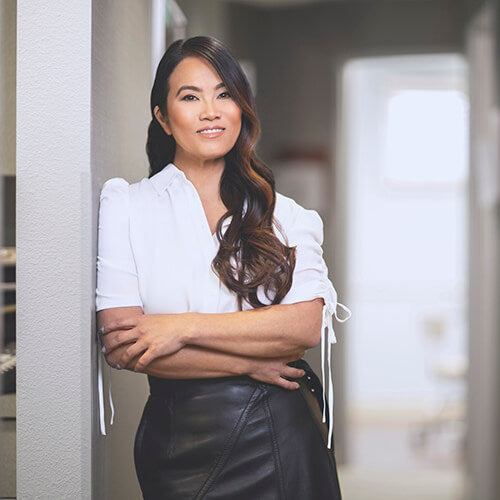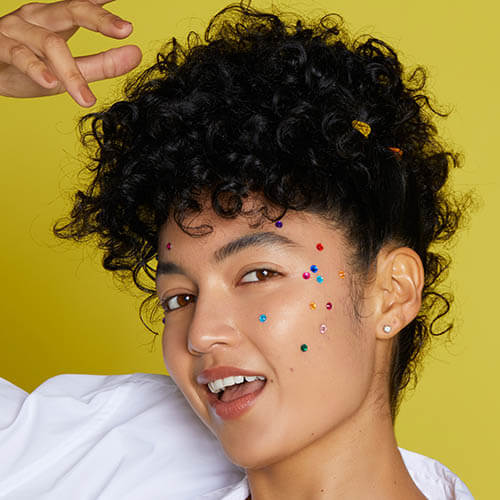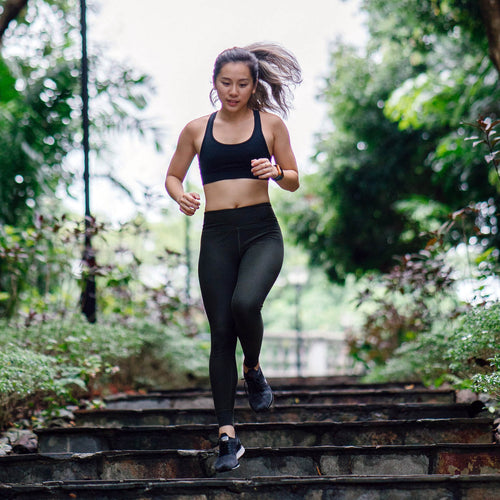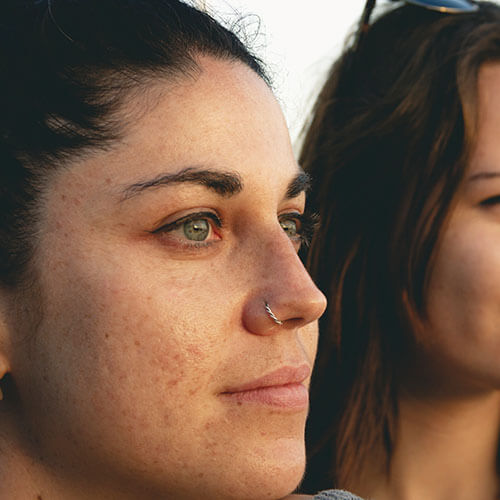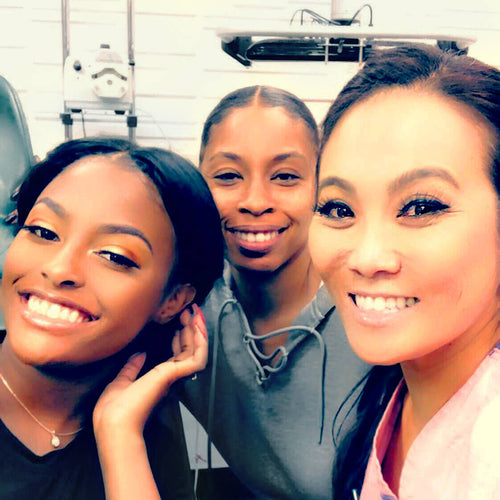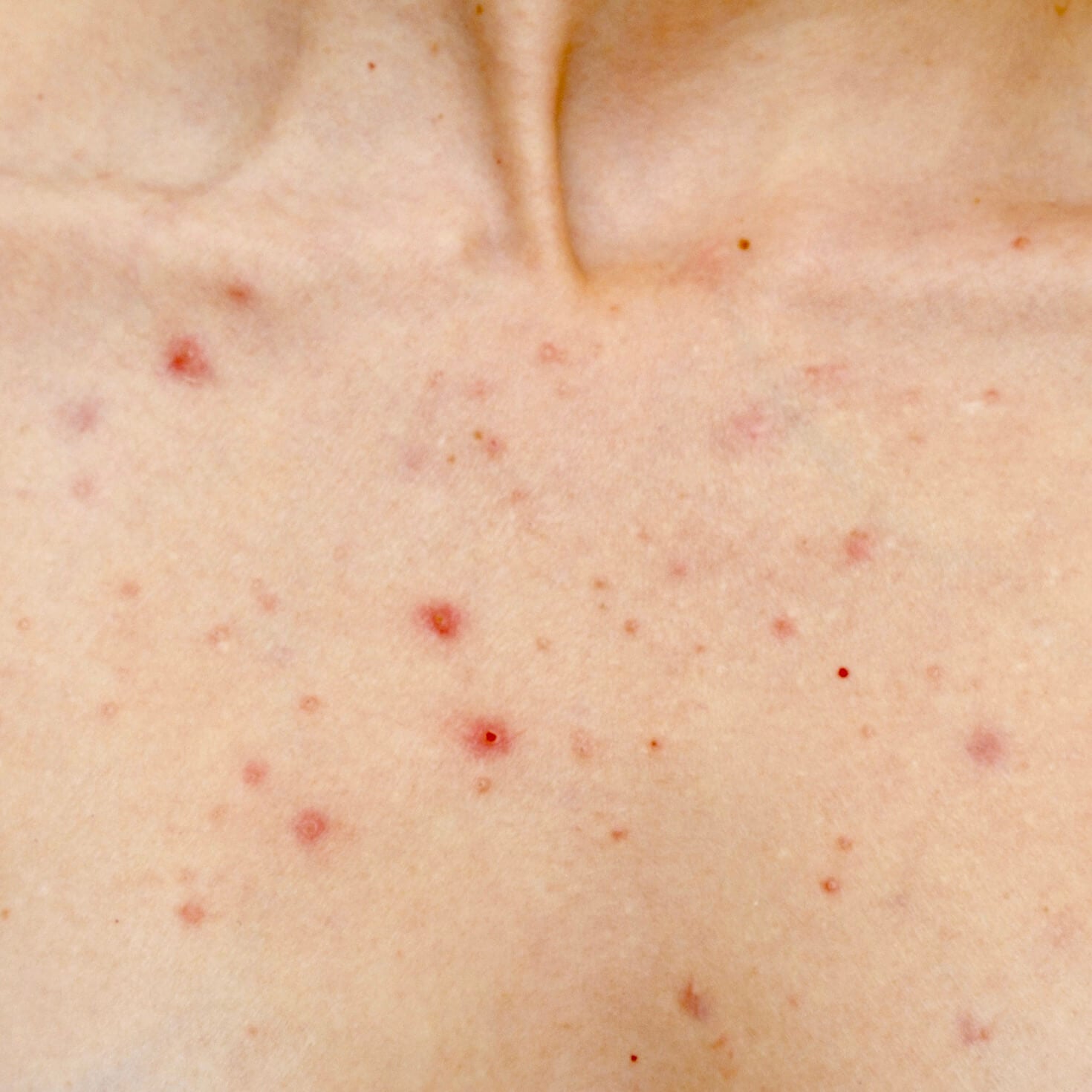
Body Acne Map: What Your Breakouts Are Trying to Tell You
ID your body acne based on where it's showing up — and learn exactly what to do about it.
Published:
3 minute read
If you’ve got breakouts on your body — chest, back, shoulders, neck, or even your butt — you’re not alone. According to board-certified dermatologist Dr. Sandra Lee (aka Dr. Pimple Popper), body acne is one of the most common skincare concerns she treats.
While it can be frustrating, the good news is that body acne is often triggered by habits or conditions you can control. And the where of your breakouts can help reveal the why — which is key to treating them effectively.
In this dermatologist-developed guide, we’re mapping the most common causes of body breakouts by area — plus how to treat and prevent them with expert-backed solutions.
Want to learn more about facial acne patterns? Check out our face acne mapping guide.
How to treat body acne (everywhere)
No matter where your breakouts show up, treating body acne starts with two things: the right ingredients and a consistent routine.
Dermatologist-recommended ingredients include:
-
Salicylic acid to unclog pores
-
Benzoyl peroxide to kill acne bacteria
-
Glycolic acid to exfoliate and fade dark marks
Apply these ingredients with a body cleanser or spray, and focus on habits that minimize sweat, friction, and buildup.
Want the full breakdown? Read our complete guide to treating and preventing body acne.
Dr. Lee’s SLMD Skincare recs: Body Acne System, Glycolic Acid Body Scrub, BP Acne Spot Treatment
Neck breakouts
The neck has fewer oil glands than the face — but it’s still a hot spot for breakouts, especially if you’re already acne-prone.
Upper neck triggers:
- Makeup and dirty brushes
- Hair oils and styling products
- Shaving irritation or occlusive shave products
Lower neck triggers:
- Tight collars and straps (aka acne mechanica)
- Synthetic fragrances (body spray, detergent)
Tips to treat neck acne:
- Include neck in your skincare routine
- Pull hair back when exercising or sleeping
- Use fragrance-free detergent and shave products
- Avoid shaving over active pimples
- Spritz collars and straps with acne spray frequently
Chest breakouts
The chest is one of the most common areas for body acne, notes Dr. Lee — especially if you live an active lifestyle or sweat frequently.
Common causes:
- Sweat, oil, and friction from tight clothing
- Leaving on sweaty tops after workouts
- Fragrance or scented body spray buildup
Tips to treat chest acne:
- Shower after working out or sweating
- Wear breathable, loose-fitting fabrics
- Avoid sprays or lotions with heavy fragrance
- Wash/spray sports bras and gym wear after each use
Back & shoulder breakouts (aka bacne)
The skin on your back is thicker, and harder to reach — which makes it tougher to treat and easier to clog.
Common causes:
- Sweat trapped under straps and backpacks
- Dirty workout gear or seat backs
- Heat and friction from athletic clothing
Tips to treat bacne:
- Shower right after sweating or workouts
- Wipe down/spray gym equipment and car seats regularly
- Choose lightweight, breathable layers
- Wash your pillowcase and sheets often
Butt & thigh breakouts (aka buttne)
Though it’s often confused with KP (aka strawberry skin) or folliculitis, acne can definitely show up below the belt — especially if you’re wearing tight clothes or skipping post-sweat showers.
Common causes:
- Tight leggings or non-breathable underwear
- Sitting in sweaty clothes or on unclean surfaces
- Friction or chafing from workouts or long hours sitting
Tips to treat buttne:
- Shower immediately after workouts or sweating
- Swap synthetic fabrics for breathable cotton
- Wipe down shared chairs and gym gear
- Avoid pore-clogging body lotions
Psst: Click here to learn about body acne in more...sensitive areas.
FAQs: Body acne triggers & treatment
Q: What’s the difference between body acne and folliculitis?
A: Body acne is caused by clogged pores, while folliculitis is caused by irritation or infection of the hair follicle — sometimes bacterial, sometimes fungal. They look similar, so check out our full guide to tell the difference.
Q: Why do I only break out on certain areas of my body?
A: Different parts of your body have different concentrations of oil glands — and some areas experience more friction, sweat, or buildup. It’s a combo of your skin type and daily habits.
Q: Does what I wear affect body acne?
A: Definitely. Tight, non-breathable clothing traps sweat and oil, which leads to clogged pores. Look for moisture-wicking fabrics, and wash clothes after each wear.

Dr. Lee's Last Word
One of the most important things I want people to know about body acne is that it’s treatable. There’s no cure, but we can manage it with the right regimen...and changing a few of your everyday habits can make a big difference, too.
